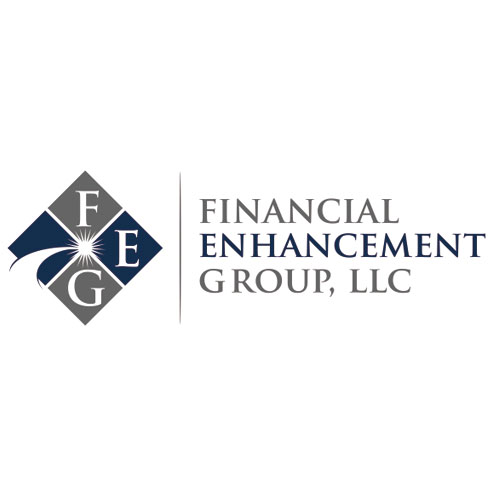[vc_row][vc_column width=”1/4″ offset=”vc_hidden-xs”][vc_widget_sidebar sidebar_id=”sidebar-main”][/vc_column][vc_column width=”3/4″][vc_column_text]
As spring approaches, many people start thinking about getting back in the yard. While I enjoy a well-tended lawn, I often fail to devote as much time to maintaining my home’s landscaping as I should. We naturally exert our efforts toward what matters most. And when we don’t spend enough time cultivating our lawns – or our retirement plans – consequences naturally arise!
Most families have cash and investment accounts that have been allowed to develop on their own. Without proper oversight or attention, these “lazy assets” have been allowed to wander and grow, similar to weeds in a garden. Examples of lazy assets might include the small 401k left behind from a previous employer or an insurance policy your parents purchased for you as a child. The relatively small amount of money forgotten in a credit union account could be another lazy asset. And for many of us, lazy assets are lingering in our investment portfolios.
Properly caring for your investment portfolio requires an eye on risk, expenses and taxes. Overlooking any of these areas can lead to disaster in the long run. Lazy assets can increase risk and impose unnecessary fees and expenses. As things change, they may also under-perform.
A couple recently entered my office with a brokerage account in which the funds were already taxed. They wanted to have a discussion about asset allocation – how the funds were invested – and we discussed the economy and the markets. When I asked, “Where are the Roth IRAs?” the couple looked at each other before disclosing they didn’t have any Roth IRAs. The assets in their brokerage account were not necessarily lazy as they were invested into a reasonable portfolio. But from a tax perspective, their assets were dead on arrival.
The couple’s tax return revealed taxable income on line 7 of their 1040. Their adjusted gross income was within the threshold to qualify for a Roth IRA contribution. In fact, they could have been making Roth contributions for the past five years. Both spouses were over age 50, making them eligible to place $6,500 a year in a Roth IRA, thus making the assets tax-free forever! Why were they continuing to pay taxes on dividends and capital gains? Because nobody told them they were eligible for a Roth IRA.
The couple didn’t know they could take money from the brokerage account and put it into a Roth. Their CPA nor their broker advised them of this option. For example,, allowing for 6% annual growth and $13,000 of contributions over those five years, they could have accumulated $73,000 that would be tax-free forever!
April 15th is the cut off for contributions into an IRA for the 2016 tax year. If you earned income of $6,500 or more, your adjusted gross income was less than $184,000 if married and $117,000 if single, and you have lazy assets in cash, you may consider a Roth IRA.
Spring and tax season are almost here. Don’t allow lazy assets to linger.
Tax advice provided by CPAs affiliated with Financial Enhancement Group, LLC.
Disclaimer: Do not construe anything written in this post or this blog in its entirety as a recommendation, research, or an offer to buy or sell any securities. Everything in this post is meant for educational and entertainment purposes only. I or my affiliates may hold positions in securities mentioned in the blog. Please see my Disclosure page for full disclaimer.[/vc_column_text][/vc_column][/vc_row][vc_row][vc_column offset=”vc_hidden-lg vc_hidden-md vc_hidden-sm”][vc_widget_sidebar sidebar_id=”sidebar-main”][/vc_column][/vc_row]


